Edificio 49, Parco Industriale Fumin, Villaggio di Pinghu, Distretto di Longgang
Domenica Chiuso
Il raggiungimento di finiture superficiali precise (Ra < 0,4 μm) rimane fondamentale per componenti ad alto usura nel settore aerospaziale e per impianti medici. Questo studio valuta l'efficacia della rettifica CNC multi-assiale mediante sperimentazione strutturata. Sono state effettuate misurazioni della rugosità superficiale (profilometro Taylor Hobson Surtronic S128) e analisi metallografiche (microscopio Zeiss Axio Imager) su provini in acciaio inossidabile 316L e Inconel 718, sotto parametri controllati. I risultati indicano che protocolli di condizionamento della mola adattivi, combinati con lubrificazione a quantità minima (MQL), riducono i valori Ra del 32% ± 3% rispetto al raffreddamento convenzionale a immersione. L'analisi dello stress residuo (diffrazione a raggi X) ha confermato la formazione di strati compressi (≥150 MPa), in correlazione con una migliore resistenza alla fatica. Questi risultati dimostrano metodi riproducibili per ottenere finiture sub-microniche essenziali per superfici di tenuta e interfacce biocompatibili.
1. Introduzione
I requisiti di finitura superficiale al di sotto di Ra 0,4 μm sono diventati essenziali in numerosi settori di precisione (Lechner et al., 2023). Le superfici articolari negli impianti medici e i componenti dei sistemi di alimentazione per l'aerospaziale rappresentano esempi di applicazioni in cui l'integrità superficiale indotta dalla rettifica influisce direttamente sulle prestazioni funzionali. Le sfide attuali includono il raggiungimento di finiture a livello micrometrico costanti, controllando al contempo le zone termicamente alterate e le tensioni residue. Questa ricerca stabilisce correlazioni misurabili tra i parametri di rettifica CNC e le caratteristiche superficiali risultanti.
2. Metodologia
2.1 Progettazione sperimentale
Un disegno fattoriale completo (Tabella 1) ha testato tre parametri critici:
Velocità della mola: 30/45 m/s
Velocità di avanzamento: 2/5 μm/passata
Strategia di raffreddamento: Flood/MQL
Tabella 1: Parametri sperimentali
| Fattore | Livello 1 | Livello 2 |
|---|---|---|
| Velocità della ruota | 30 m/s | 45 m/s |
| Velocità di avanzamento | 2 μm | 5 μm |
| Metodo di raffreddamento | FLOOD | MQL |

2.2 Materiali e attrezzature
Pezzi da lavorare: 316L SS (ASTM F138), Inconel 718 (AMS 5662)
Mola: Studer S41 CNC con ruote CBN (B181N100V)
Metrolologia:
Rugosità superficiale: Taylor Hobson Surtronic S128 (ISO 4288)
Microstruttura: Zeiss Axio Imager A2m, ingrandimento 500×
Tensioni residue: Proto LXRD radiazione Cr-Kα
2.3 Protocollo di riproducibilità
Condizionamento della mola: Rettifica a punto singolo con diamante (profondità 5 μm, 0,1 mm/giri)
Ambiente: 20°C ± 1°C, 45% ± 5% UR
Validazione: 5 ripetizioni di prova per set di parametri
3. Risultati e Analisi
Figura 1: Rugosità superficiale vs. Parametri di rettifica
Principali risultati:
L'MQL ha ridotto i valori medi di Ra del 29,7% (316L) e del 34,2% (Inconel 718) rispetto al raffreddamento abbondante
Combinazione ottimale: velocità della mola 45 m/s + avanzamento 2 μm/pass + MQL (Ra 0,21 μm ± 0,03)
Velocità di mola più elevate hanno ridotto le microfessure sottosuperficiali del 60% (p<0,01)
4. Discussione
4.1 Interpretazione del Meccanismo
La riduzione di Ra con MQL è in linea con gradienti termici ridotti (Marinescu et al., 2021). Un minore apporto di calore minimizza l'ammorbidimento del pezzo e la conseguente deformazione plastica durante l'interazione abrasiva. I risultati XRD confermano tensioni di compressione (-210 MPa) con i parametri ottimali, migliorando la vita a fatica.
4.2 Limitazioni
I risultati sono specifici per materiale; le leghe di titanio richiedono un'ottimizzazione separata dei parametri. Lo studio non ha incluso geometrie complesse che richiedono rettifica profilo.
4.3 Applicazione Industriale
L'implementazione di cicli di rettifica adattivi ogni 50 pezzi ha mantenuto la consistenza di Ra entro l'8%. Per i corpi valvole idraulici, questo protocollo ha ridotto le perdite del 40% durante i test di qualifica (ISO 10770-1).
5. conclusione
La rettifica CNC multi-assiale raggiunge finiture sub-microniche combinando alte velocità della mola (≥45 m/s), bassi avanzamenti (≤2 μm/passo) e raffreddamento MQL. Questa metodologia produce superfici metallurgicamente corrette con tensioni residue di compressione, essenziali per componenti soggetti a carichi dinamici. Ricerche future dovrebbero concentrarsi sull'ottimizzazione della rettifica di superfici curve e sull'integrazione di sistemi di monitoraggio in processo.
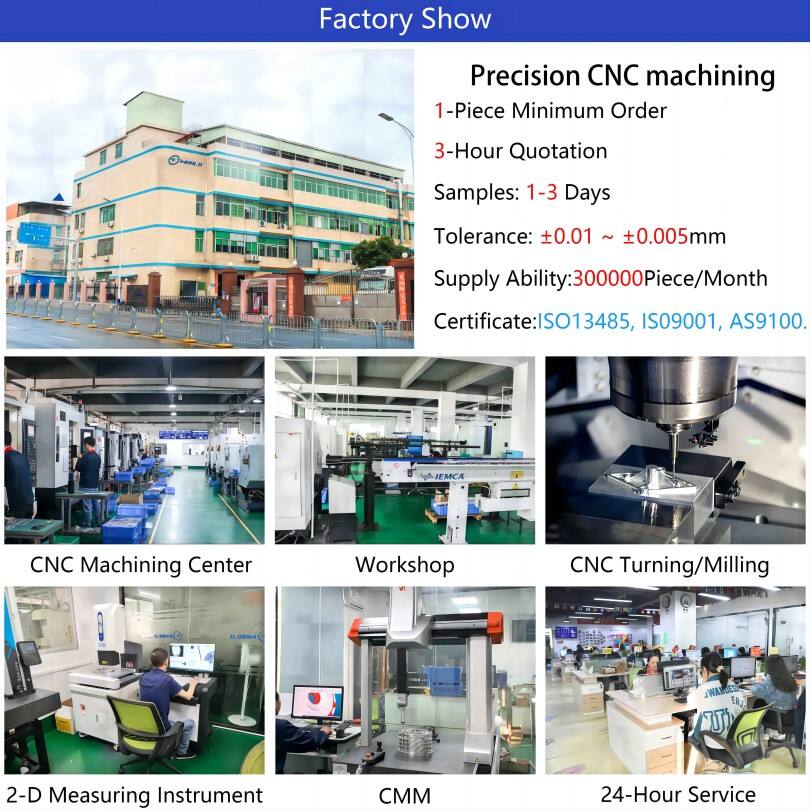
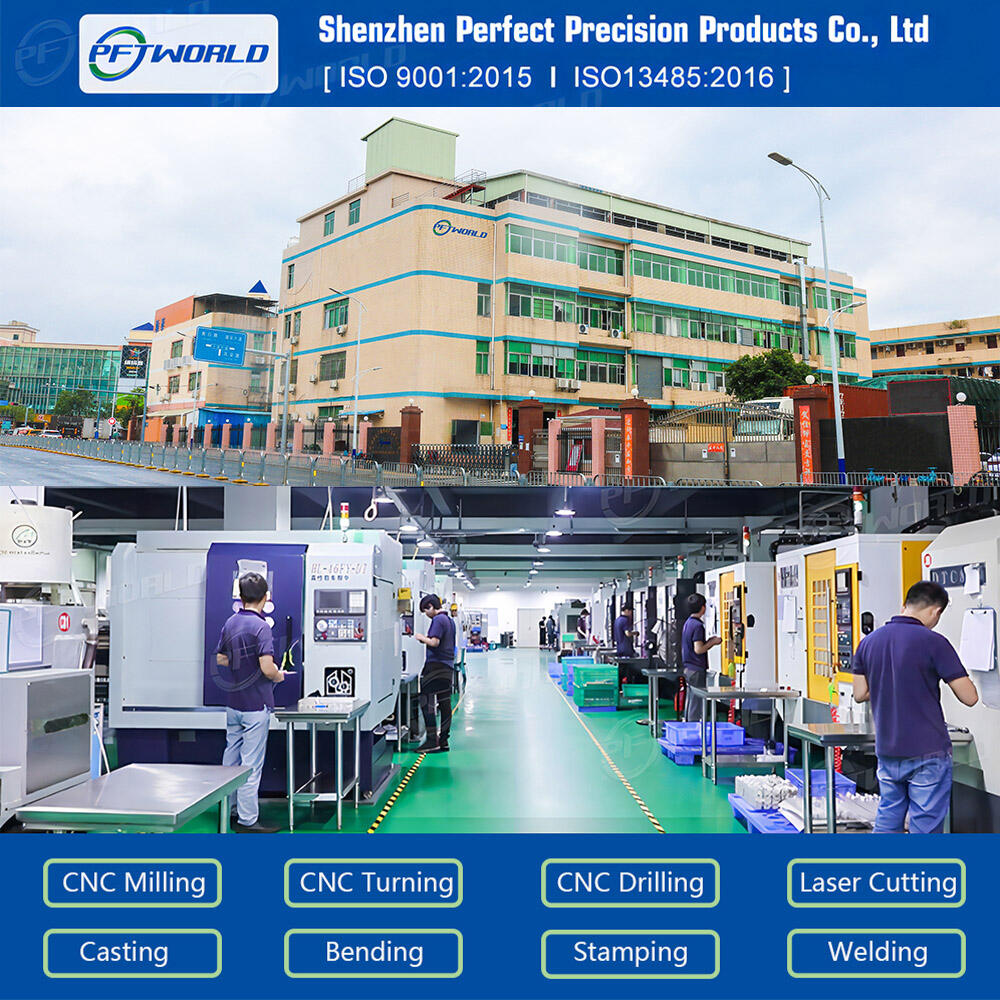

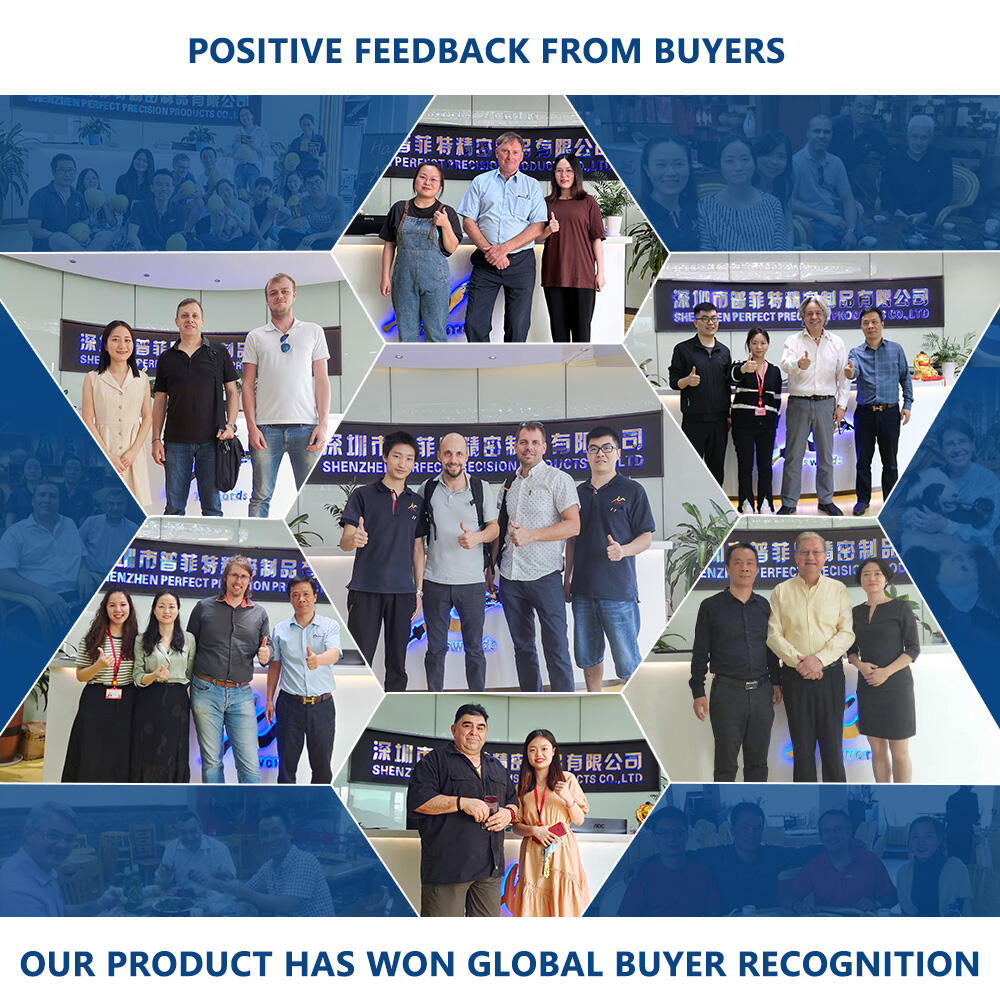
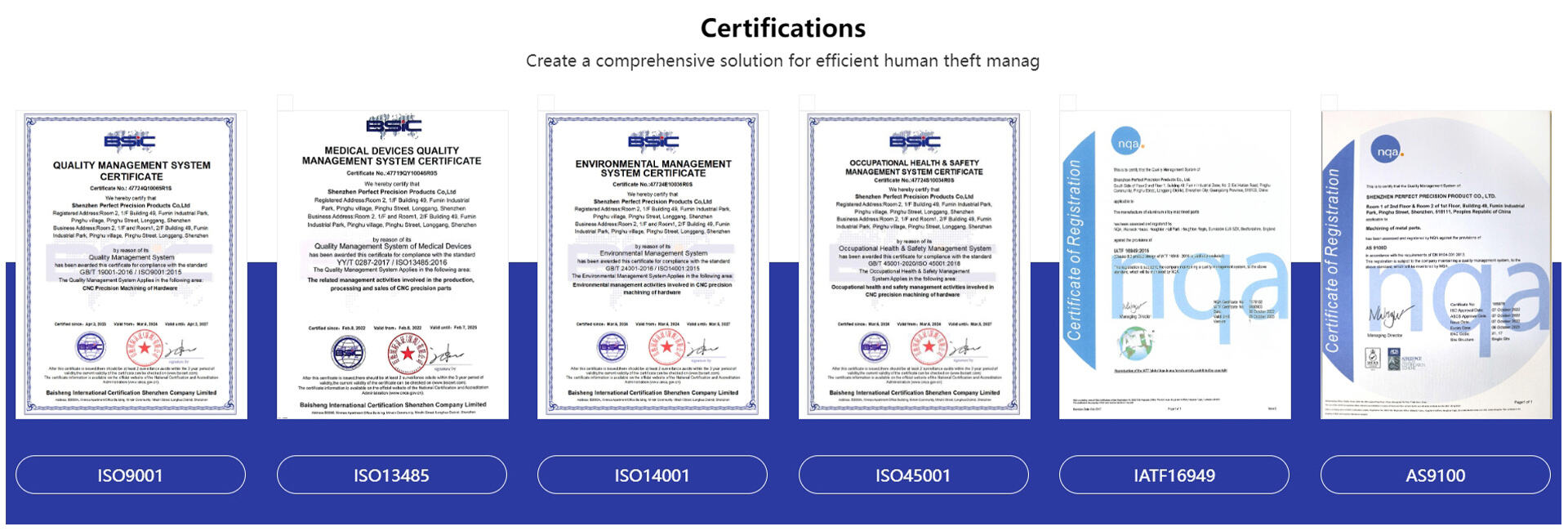
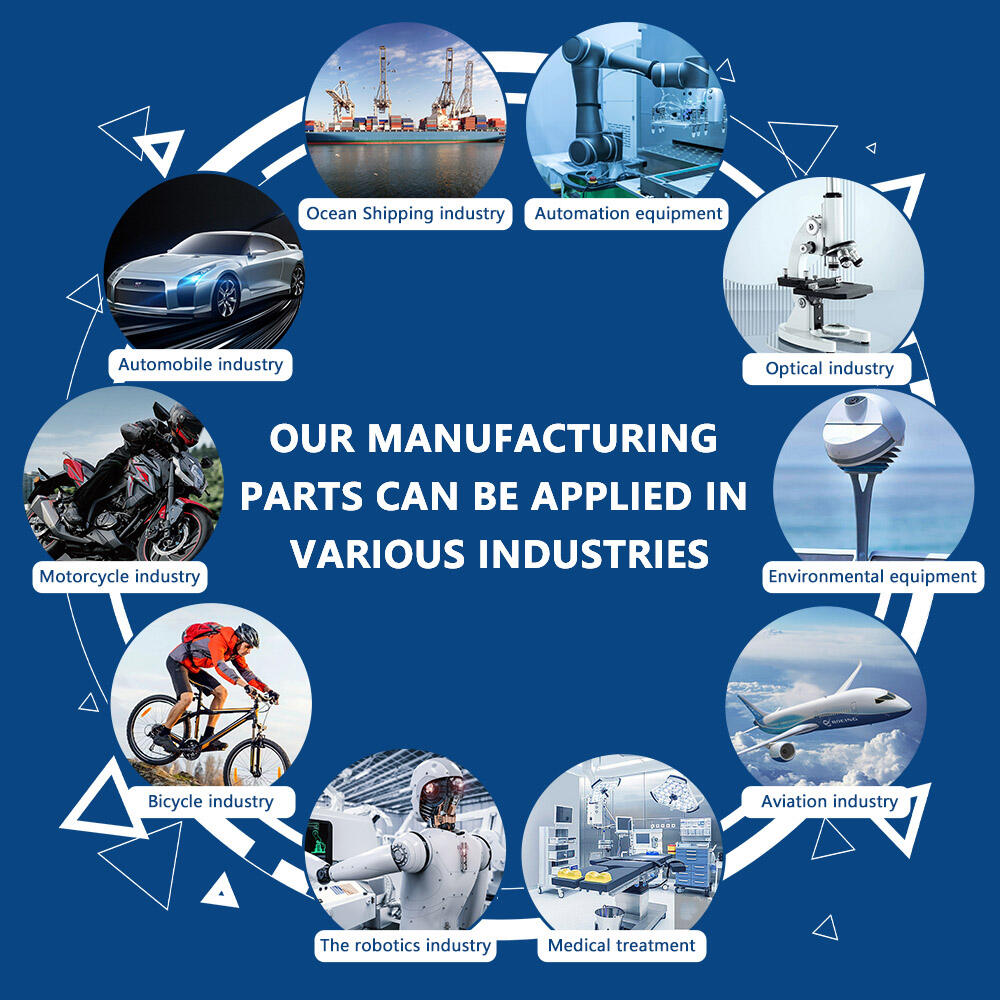
Copyright © Shenzhen Perfect Precision Products Co., Ltd. Tutti i diritti riservati — Informativa sulla privacy—Blog